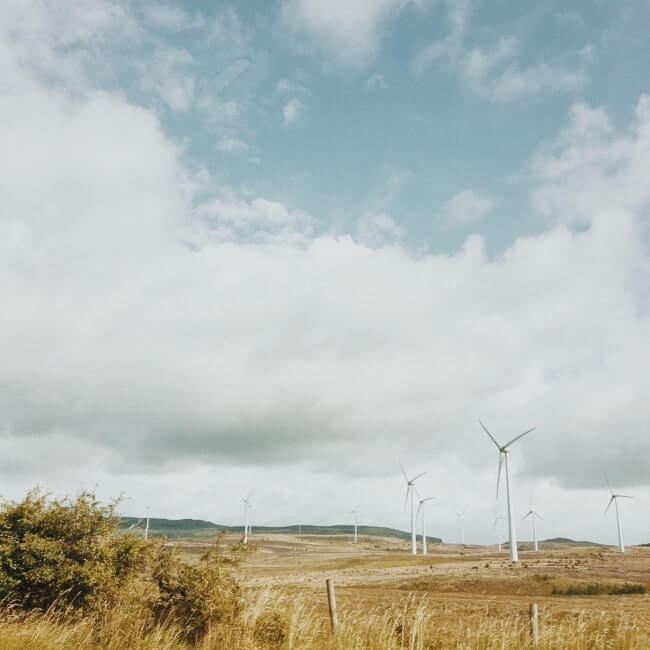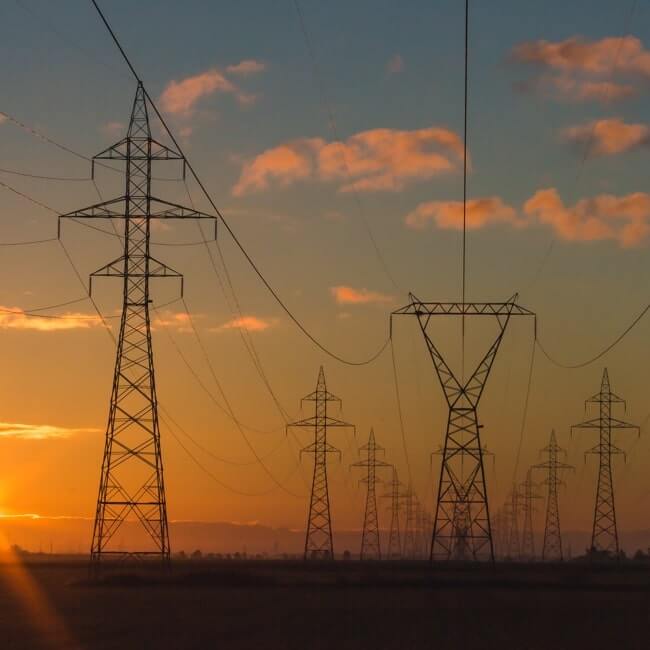Who's to blame for Amapá's energy crisis?

After two weeks of irregular electric power supply, another blackout has hit Amapá state in north Brazil on Tuesday evening.
According to the national grid operator (ONS), a 183MW energy load was interrupted after the transformer at Macapá substation and the Coaracy Nunes hydroelectric power plant automatically shut down.
"The ONS identified that the shut-downs might have been caused when CEA's [Companhia de Eletricidade do Amapá] Santa-Rita-Equatorial transmission line was energized," the operator said in a press release, adding that supply was normal again by Wednesday.
The mines and energy ministry (MME) said in a release that energy supply in the state is at 80% capacity, as before the blackout, and that the causes for the latest interruption are being investigated.
Earlier this week, the MME authorized Eletronorte to contract power generators for Amapá. Transported 1,300km via riverways from Manaus, Amazonas state, the generators are being installed at the Santana and Santa Rita substations. Eletronorte is also reactivating the Santana thermoelectric plant.
Additionally, a transformer for Amapá’s capital has arrived from Laranjal do Jari at Santana port, the ministry said.
The CEA reported Wednesday that it had started investigating the causes of the latest blackout and that it had been working with ONS to establish power supply in the 13 affected municipalities.
The rotation electricity supply system in neighborhoods that were without power resumed in the early morning.
The crisis in Amapá started when an energy generator at the Macapá 1 substation caught fire on November 3. Following the incident, the C1 and C2 transmission lines Laranjal/Macapá and the Coaracy Nunes and Ferreira Gomes hydroelectric plants shut down automatically, cutting off a 250MW load to state capital Macapá.
Macapá substation’s three power transformers – two for supply and one for backup – were unavailable. The facilities belong to Spain's Isolux Corsán's Linhas de Macapá Transmissora de Energia, which has not commented on the situation.
ENERGY PRIVATIZATION
Aneel’s general director, André Pepitone, said during a public hearing on Tuesday before the national congress’ mixed committee that the regulator will investigate the Amapá incident.
 André Pepitone, during the public hearing/Saulo Cruz (Aneel)
André Pepitone, during the public hearing/Saulo Cruz (Aneel)
“We will not only investigate the causes of the power supply interruption in Amapá and present the corrective measures, but also find out the responsibilities and apply punishments,” Pepitone said.
The energy crisis in the state has sparked discussions about privatizations in Brazil’s electric power sector, with political opponents highlighting that a problem at a substation operated by a multinational private company is now being fixed by state-owned power holding Eletrobras – which the federal government plans to privatize.
Even lawmakers from business-friendly parties have grown critical.
“I am a liberal and I think we have to privatize a lot of things; but, today, honestly, [about] some strategic areas, I have my doubts,” PSDB-DF senator Izalci Lucas said during the hearing.
However, Thymos Energia’s regulatory manager, Victor Ribeiro, believes structural aspects have aggravated the seriousness of the Amapá blackout, even though its origin had a conjunctural component.
In an interview with BNamericas, he said that until 2015 Amapá was not linked to the national interconnected system (SIN), so its electric grid and generation facilities were located only in the state. When Amapá became part of the SIN, authorities decided that thermoelectric plants in the north could be decommissioned, as the national system would provide enough backup.
“The structural aspect resides precisely there: the methodology that supported such a decision tends to underestimate the failure probabilities and the blackout’s social and economic consequences,” Ribeiro said.
He added that as a conjunctural cause the pandemic has impeded maintenance and certification activities, increasing the probability of failures and short-term blackouts.
“But the demobilization of local thermoelectric power plants based on an excessively optimistic scenario was the structural cause that has aggravated the blackout in Amapá,” he said.
Subscribe to the leading business intelligence platform in Latin America with different tools for Providers, Contractors, Operators, Government, Legal, Financial and Insurance industries.
News in: Electric Power (Brazil)

Tradener reviewing turbine supplier proposals for Brazil wind project
The CEO of the energy trading company, Guilherme Ávila, does not rule out bringing a partner into the Rio Grande do Sul state undertaking.

Spotlight: Brazil's international energy relations
Although the US is not the main destination for energy products of Brazilian origin, it remains one of Brazil's most important trading partners in ...
Subscribe to Latin America’s most trusted business intelligence platform.
Other projects in: Electric Power (Brazil)
Get critical information about thousands of Electric Power projects in Latin America: what stages they're in, capex, related companies, contacts and more.
- Project: Arinos 21 photovoltaic park (Arinos Complex)
- Current stage:

- Updated: 1 week ago
- Project: Arinos 16 photovoltaic park (Arinos Complex)
- Current stage:

- Updated: 1 week ago
- Project: Arinos 15 photovoltaic park (Complejo Arinos)
- Current stage:

- Updated: 1 week ago
- Project: Arinos 9 photovoltaic park (Arinos Complex)
- Current stage:

- Updated: 1 week ago
- Project: Esperança Photovoltaic Complex
- Current stage:

- Updated: 1 week ago
- Project: Arinos 2 photovoltaic park (Arinos Complex)
- Current stage:

- Updated: 1 week ago
- Project: Lot 1 Transmission Lines (Santa Catarina, Paraná, Minas Gerais and Espiritu Santo)
- Current stage:

- Updated: 1 week ago
- Project: Arinos 10 photovoltaic park (Arinos complex)
- Current stage:

- Updated: 1 week ago
- Project: Arinos 3 photovoltaic park (Arinos complex)
- Current stage:

- Updated: 1 week ago
- Project: Río Madera hydro plant
- Current stage:

- Updated: 1 week ago
Other companies in: Electric Power (Brazil)
Get critical information about thousands of Electric Power companies in Latin America: their projects, contacts, shareholders, related news and more.
- Company: Inova Energy Engenharia Ltda. (Inova Energy)
- Inova Energy Engenharia Ltda. (Inova Energy) is a Brazilian consulting and engineering company focused on the energy and infrastructure sectors, also participating in the areas ...
- Company: Voith Hydro Ltda. (Brasil) (Voith Hydro Brasil)
- Voith Hydro Ltda. is one of the Brazilian units of Voith Hydro, a joint venture formed in 2000 between German manufacturers Voith and Siemens. The company supplies technologies ...
- Company: Operador Nacional do Sistema Elétrico (ONS)
- Brazil's national grid operator ONS, created in 1998, is a government agency responsible for the coordination and monitoring of electric power generation and transmission facili...
- Company: Ventos de São Ricardo 05 Energias Renováveis S.A. (Ventos de São Ricardo 05 Energias Renováveis)
- The description included in this profile was taken directly from an AI source and has not been edited or modified by BNamericas researchers. However, it may have been automatica...
- Company: Ventos de São Ricardo 06 Energias Renováveis S.A. (Ventos de São Ricardo 06 Energias Renováveis)
- The description included in this profile was taken directly from an AI source and has not been edited or modified by BNamericas researchers. However, it may have been automatica...
- Company: Ventos de São Ricardo 07 Energias Renováveis S.A. (Ventos de São Ricardo 07 Energias Renováveis)
- The description included in this profile was taken directly from an AI source and has not been edited or modified by BNamericas researchers. However, it may have been automatica...
- Company: Ventos de São Ricardo 09 Energias Renováveis S.A. (Ventos de São Ricardo 09 Energias Renováveis)
- The description included in this profile was taken directly from an AI source and has not been edited or modified by BNamericas researchers. However, it may have been automatica...
- Company: Ventos de São Ricardo 01 Energias Renováveis S.A. (Ventos de São Ricardo 01 Energias Renováveis)
- The description included in this profile was taken directly from an AI source and has not been edited or modified by BNamericas researchers. However, it may have been automatica...


